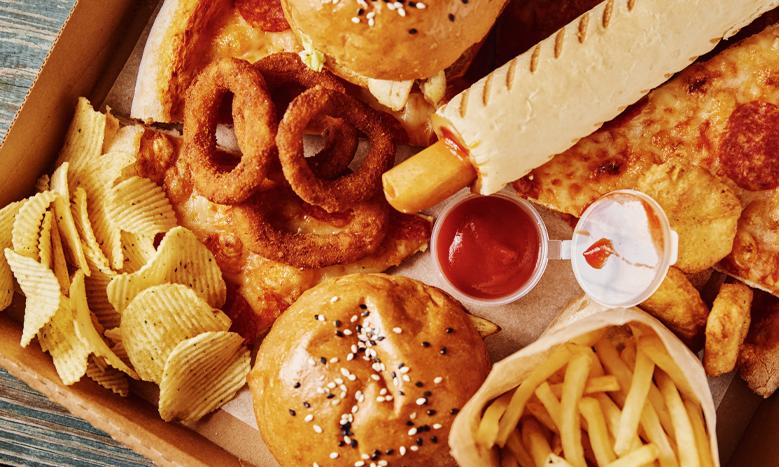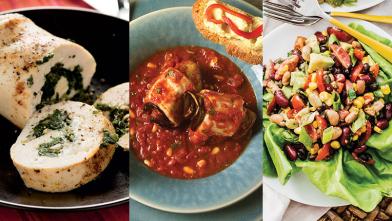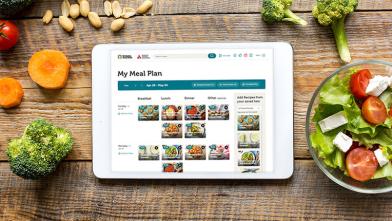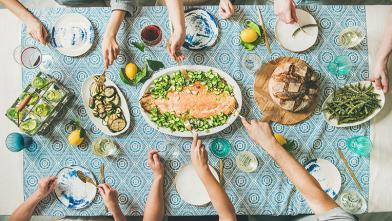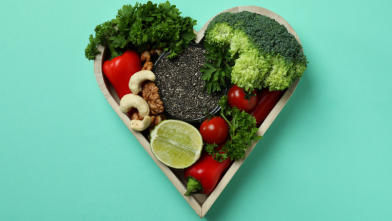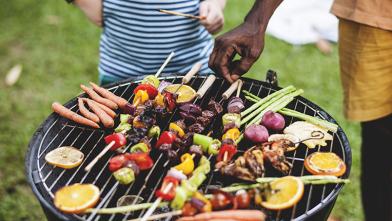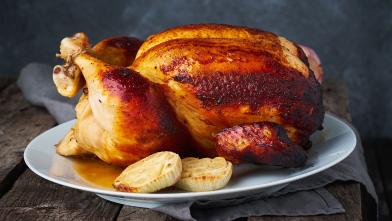Here, we’ll look at why high blood glucose levels often come with cravings and what you can do about it.
Here, we’ll look at why high blood glucose levels often come with cravings and what you can do about it.
Why do you crave food when your blood glucose is high?
Without enough insulin, your blood glucose rises above “normal” levels. Blood glucose levels above 140 mg/dL are considered high—also known as hyperglycemia.
The higher your blood glucose rises, the louder those cravings and hunger pangs might become. While you’d think your body and your brain ought to be satisfied by the excess sugar in your bloodstream, it’s not that simple.
Without enough insulin, your brain cannot make use of that glucose. Since the brain relies on a second-by-second delivery of sugar for fuel—and your brain doesn’t know you have diabetes—it’s going to cue cravings and hunger to encourage you to eat.
This can be a frustrating and vicious cycle for a person with diabetes because the more you eat, the higher your blood glucose will rise if you don’t have enough insulin or other medications to help you stay in your goal range.
This is also a perfect example of why it’s so important to check your blood glucose frequently throughout the day: you might not know your hunger cravings are caused by high blood glucose levels if you don’t know your blood glucose is high.
Instead of instantly giving in to those hunger cravings, this is where you, the person with diabetes, must pause for a moment and think about whether you really need more food or whether you need to focus on getting your blood glucose level down to your target range.
First, find solutions to reduce and prevent high blood glucose levels.
If you’re experiencing frequent high blood glucose levels (and the cravings that come with them), it’s a clear sign that your body needs more support.
Talk to your doctor about these potential adjustments to your diabetes management routine to help you achieve your blood glucose goals:
- Making lifestyle changes around food/beverages and physical activity levels
- Adjusting the dose(s) of your current insulin regimen
- Adjusting the dose(s) of your current non-insulin diabetes medications
- Starting (or changing to) a new non-insulin diabetes medication
- Starting insulin therapy
While starting a new medication or insulin can be daunting, the first and most important goal is to bring your blood glucose levels down to a safer level. Long-term high blood glucose levels can lead to the development of complications throughout your body. The most important step you can take to prevent those complications is through managing safe and healthy blood glucose levels.
What should you eat when your blood glucose is high?
If you are going to eat a snack or meal when your blood glucose is high, you’ll want to focus on whole food low-carb choices—and plenty of water.
Yes, water! Water will help keep you hydrated while you work to lower your blood glucose. Dehydration can cause the glucose in your blood to become concentrated, so drinking plenty of water—especially when you’re already high—is important!
Choosing low-carb foods can be helpful because they won’t add more “fuel to the fire” and cause your blood glucose to rise significantly higher.
While insulin is necessary to help the body use any food we eat for fuel, foods with high carbohydrates (including starches, sugars, grains, fruits, etc.) raise blood glucose levels significantly more than low-carb choices.
Lower-carb choices include:
- Non-starchy vegetables: salad greens, broccoli, cauliflower, carrots, green pepper, green beans, etc.
- Protein and fat sources: cheese, lean protein (sliced ham, chicken, turkey), cottage cheese, nuts, nut butter, etc.
- Low-glycemic fruits: raspberries, strawberries, blueberries
Examples of low-carb snacks:
- Celery and hummus
- Carrots and peanuts
- Cottage cheese and cashews
- Ham slices in a lettuce wrap with mustard
- Cauliflower sauteed in hot wing sauce
- Broccoli dipped in ranch salad dressing
Do keep in mind that your body may still need support from an increase in your current medication dose(s) or the addition of a new medication in order to bring your blood glucose levels down to your goal range. Talk to your doctor about making these adjustments while also working to make healthy choices around foods.
